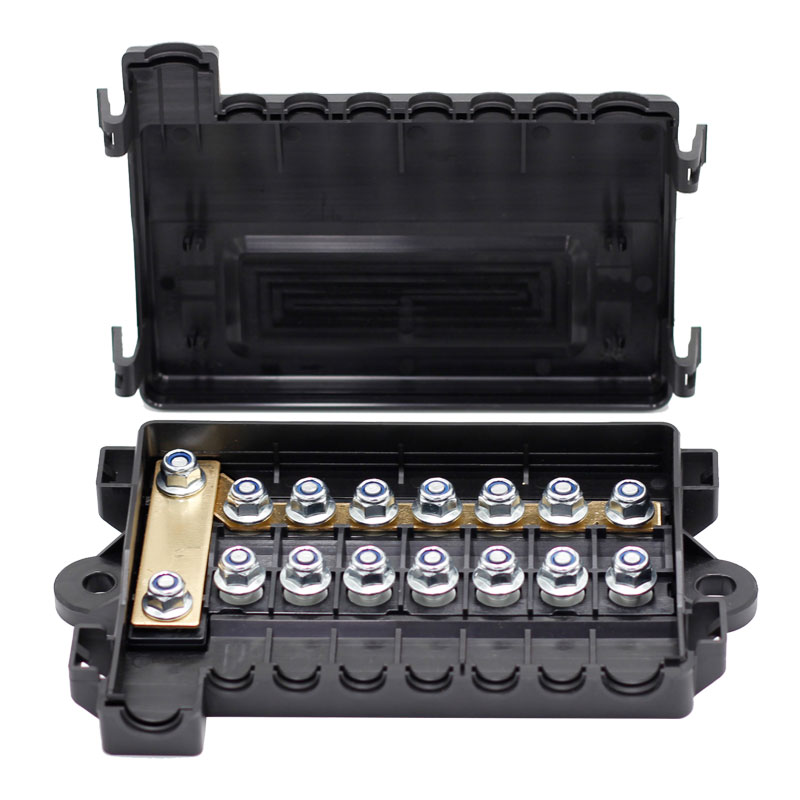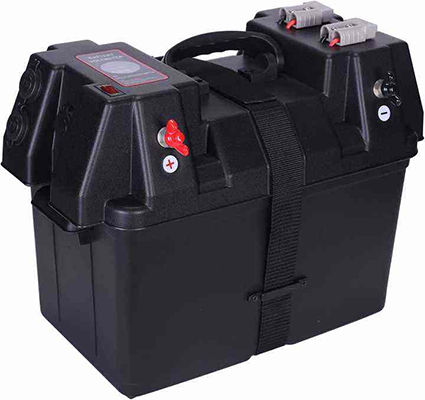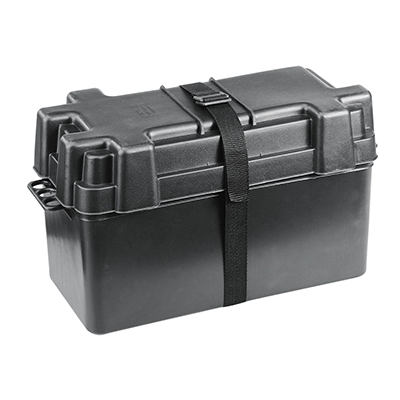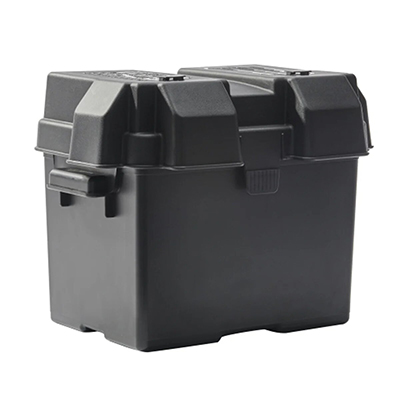How to Test a Car Fuse Holder for Continuity Using a Multimeter
News 2025-10-20
Car fuse holders are critical components in automotive electrical systems, ensuring protection against overcurrent and short circuits. Testing for continuity helps identify if there’s a complete electrical path, which is essential for reliable vehicle operation. This process is particularly useful in scenarios like routine maintenance or troubleshooting electrical faults. Using a multimeter for this test offers precision and ease, allowing mechanics and DIY enthusiasts to quickly diagnose issues. By verifying continuity, you can prevent potential failures that might lead to more significant problems, such as blown fuses or damaged wiring. This guide focuses on the practical steps to perform this test safely and effectively.

Gathering the Necessary Tools
Before starting the continuity test, assemble the right equipment to ensure accuracy and safety. A digital multimeter with a continuity function is essential, as it can detect even small breaks in the circuit by beeping or displaying low resistance. You’ll also need a car fuse holder, which could be part of the vehicle’s fuse box, and basic safety gear like insulated gloves and eye protection. In automotive settings, this setup allows for quick checks during repairs, highlighting the multimeter’s advantage in providing immediate feedback on circuit integrity. Choose a multimeter with auto-ranging capabilities for better performance in varying conditions, making the process more efficient for both professionals and hobbyists.
Performing the Continuity Test
To test the fuse holder, begin by setting your multimeter to the continuity mode, often indicated by a diode symbol or sound wave icon. Disconnect the fuse holder from the vehicle’s power source to avoid any risk of electric shock or damage. Insert the multimeter probes into the fuse holder’s terminals—one probe in each contact point—and observe the reading. A low resistance value or audible beep signifies good continuity, meaning the holder is functional. If no continuity is detected, it could indicate corrosion, a loose connection, or a faulty holder, which is common in older vehicles exposed to moisture. This method is highly effective in real-world applications, such as diagnosing why a car’s electrical system isn’t working, and underscores the multimeter’s reliability in pinpointing issues swiftly.
Frequently Asked Questions
1. What does continuity mean in a fuse holder?
Continuity indicates an unbroken electrical path, ensuring current can flow without interruption, which is vital for the fuse to operate correctly.
2. Is a specific multimeter required for this test?
A standard digital multimeter with continuity testing capability works best, as it provides accurate readings and is commonly available in automotive toolkits.
3. What should I do if continuity is not detected?
Check for damage or corrosion in the fuse holder and consider replacing it, as lack of continuity can lead to circuit failures or safety hazards.


